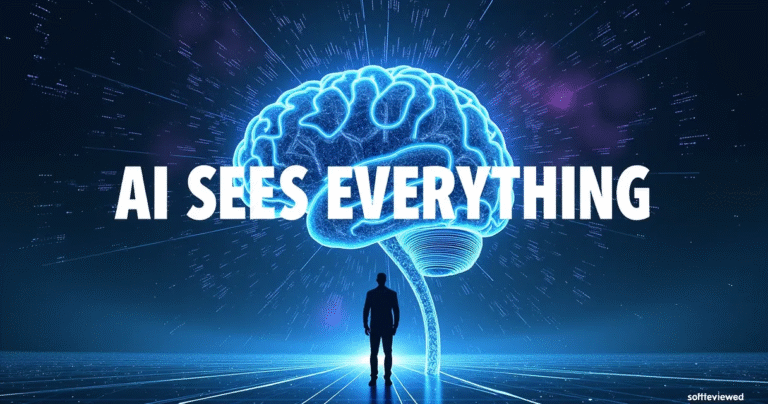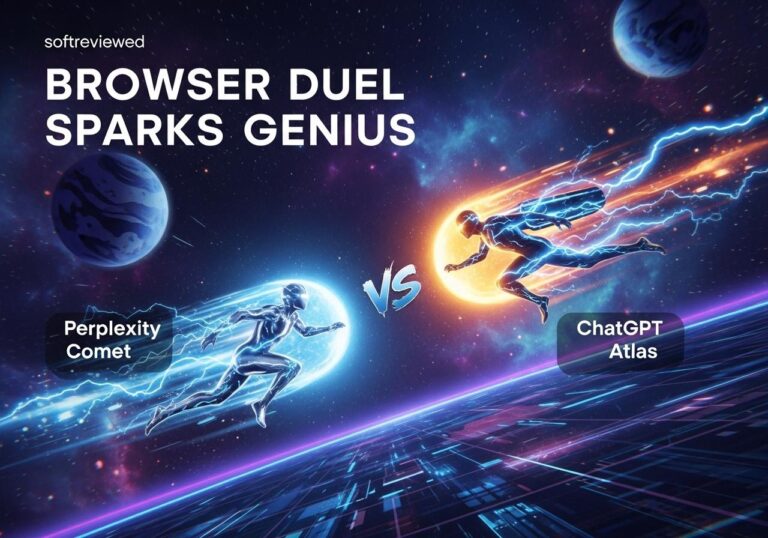Generative 3D World Simulation
The future of AI development through immersive, interactive virtual environments
Generative 3D World Simulation
Advanced AI systems can now create diverse, interactive 3D environments from simple text descriptions or images, providing rich training grounds for AI agents to learn and develop complex behaviors.
Beyond Data-Driven AI
Moving away from purely data-driven approaches, this technology simulates physical worlds with cause-and-effect relationships, enabling AI to develop genuine understanding of how reality functions rather than just pattern recognition.
Agent Training and Evaluation
These simulated environments provide stable, controlled conditions for developing and rigorously testing embodied AI systems, ensuring they can handle diverse scenarios before deployment in the real world.
Emergent Capabilities
Through training on video data, these systems demonstrate remarkable emergent abilities including realistic object interactions, physics-based behaviors, and complex animations that weren’t explicitly programmed.
AGI Ambition
The ultimate goal is to replicate human-like cognition through scalable world modeling, creating systems that can understand, navigate, and interact with environments with human-level intelligence and adaptability.
Cross-Disciplinary Applications
This technology enables breakthroughs across gaming, robotics, and specialized simulations with user-controlled interactions, opening new possibilities for entertainment, research, and practical applications.
What is the Google World Model and Why Should You Care?
Imagine an AI that doesn't just process information, but understands and anticipates how the world works. That's the promise of Google's World Model, a cutting-edge project aiming to build AI with a deep understanding of physics, object interactions, and even human behavior. It's more than just another algorithm; it's a step towards creating truly intelligent systems that can learn, adapt, and solve problems in complex, real-world scenarios. The Google World Model represents a significant leap towards Artificial General Intelligence (AGI), a long-term goal of AI research that seeks to create machines with human-level intelligence. Google's approach to world modeling, particularly with models like Genie 2, signifies a move towards AI systems capable of simulating and interacting with virtual environments.
Decoding the World Model: How Does Google's AI Dream Up Reality?
So, how does Google teach an AI to "dream" up reality? The World Model leverages vast amounts of data, including videos, audio, and sensor data from robotics, to learn the underlying rules of the physical world. It's trained to predict what will happen next in a given situation, much like how humans use their understanding of physics to navigate their daily lives. This ability to simulate and anticipate outcomes is crucial for enabling AI to act intelligently in dynamic environments.
The Nuts and Bolts: Understanding the Architecture of Google's World Model
While the specific architecture details are constantly evolving, the Google World Model often involves large-scale generative models. Think of it as building a virtual playground where the AI can experiment and learn from its mistakes without any real-world consequences. According to Google DeepMind, models such as Genie 2 are foundation world models capable of generating endless varieties of action-controllable, playable 3D environments for training and evaluating embodied agents.
From Pixels to Predictions: How the World Model Learns and Simulates
The World Model learns by analyzing massive datasets and identifying patterns and relationships. For example, by watching countless videos of objects falling, it learns about gravity and how it affects different objects. This knowledge is then used to create a simulation of the world, where the AI can test its understanding and refine its predictions. This approach allows the AI to learn complex concepts without explicit programming, making it more adaptable and robust.
World Model in Action: Real-World Applications and Potential Use Cases
The ability to simulate and predict outcomes opens up a wide range of potential applications for the World Model.
Robotics Revolution: Empowering Robots with Predictive Capabilities
Imagine a robot that can anticipate obstacles, plan its movements efficiently, and adapt to unexpected situations. By integrating the World Model, robots can gain a better understanding of their environment and make more informed decisions. This could lead to robots that are more capable, reliable, and safe in a variety of settings, from factories to hospitals. Google's work in this area could improve their Waymo and Everyday Robots brands.
Beyond Robotics: Exploring Other Applications of the World Model
The World Model isn't just for robots. It can also be used to create more realistic and immersive video games, develop new scientific simulations, and even improve the accuracy of weather forecasting. The potential applications are vast and continue to grow as the technology develops. The model might give a boost to Google's Gemini and Veo teams by allowing them to generate better chatbots and improve their single-perspective AI-generated video.
Here is a table comparing two different approaches to AI.
| Feature | Traditional AI | AI with World Model |
|---|---|---|
| Data Requirements | Requires large amounts of labeled data | Can learn from unlabeled data through simulation |
| Adaptability | Limited ability to adapt to new situations | Highly adaptable to changing environments |
| Reasoning | Relies on pre-programmed rules and logic | Can reason and make predictions based on its understanding of the world |
| Real-World Application | Limited to specific tasks and domains | Potential for broad application across various industries |
Here's a breakdown of key benefits:
- ✅ Enhanced adaptability in dynamic environments
- ✅ Improved decision-making capabilities for AI agents
- ✅ Potential for creating more realistic simulations
Some of the main challenges are:
- ⛔️ Ethical concerns regarding misuse of predictive capabilities
- ⛔️ The potential for biased outcomes stemming from training data
The Ethical Compass: Addressing Concerns and Challenges

As with any powerful technology, the World Model raises important ethical considerations.
Potential for Misuse: Navigating the Ethical Minefield
The ability to simulate and predict human behavior could be misused for malicious purposes, such as creating propaganda or manipulating individuals. It's crucial to develop safeguards and ethical guidelines to prevent such misuse and ensure that the technology is used for good.
Bias and Fairness: Ensuring Responsible Development
The data used to train the World Model can reflect existing biases in society, leading to unfair or discriminatory outcomes. It's important to carefully curate the training data and develop techniques to mitigate bias and ensure that the technology is fair and equitable for all.
The Road Ahead: What's Next for Google's World Model?
The development of the World Model is an ongoing process, with many exciting possibilities on the horizon.
Integration with Other AI Systems
One potential direction is to integrate the World Model with other AI systems, such as large language models, to create more comprehensive and intelligent systems. This could lead to AI assistants that can not only understand and respond to human language but also reason about the world and provide more helpful and relevant assistance.
The Quest for Artificial General Intelligence (AGI)
Ultimately, the World Model is a step towards achieving AGI, the holy grail of AI research. By creating AI systems that can understand and simulate the world, we can unlock new possibilities for solving complex problems and improving human lives. Brooks' job listings indicate that engineers will work alongside the Genie team, indicating that new world models will be used for video games, movies, and other media.
Wrapping Up: The Transformative Potential of Google's World Model
Google's World Model represents a bold and ambitious vision for the future of AI. By building AI systems that can understand and simulate the world, we can unlock new possibilities for solving complex problems, improving human lives, and pushing the boundaries of what's possible. While ethical challenges remain, the potential benefits of this technology are too significant to ignore. The journey towards AGI is long and challenging, but the Google World Model offers a glimpse into a future where AI is truly intelligent and beneficial for all.
For more information about Google's AI research and initiatives, visit the Google AI Blog.







